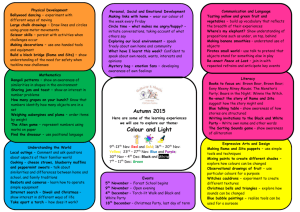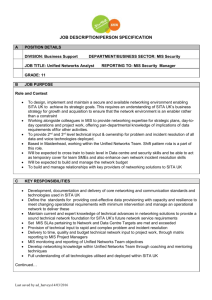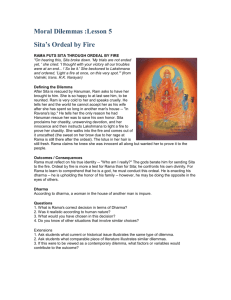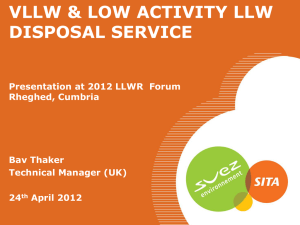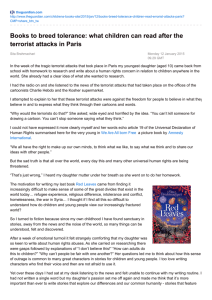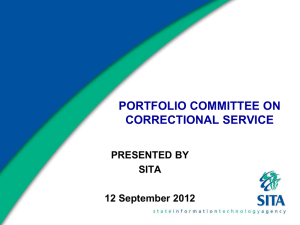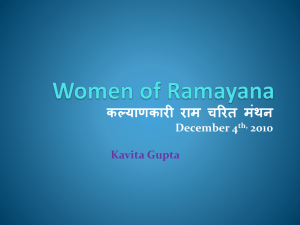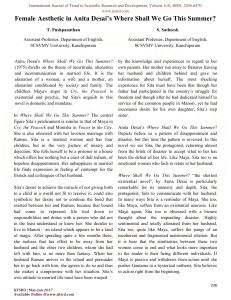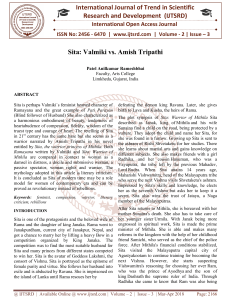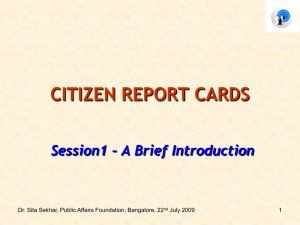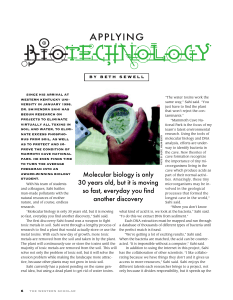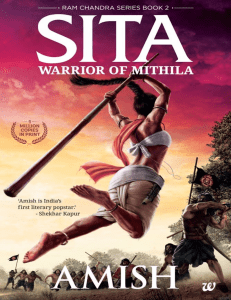Children of Sita School
advertisement
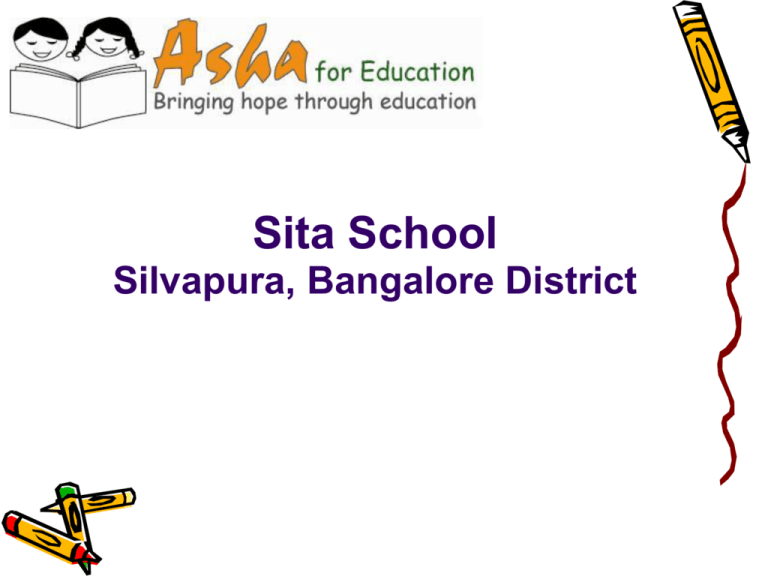
Sita School Silvapura, Bangalore District About Sita School is located in Silvapura, North Bangalore (28km from Bangalore) It is located on an acre of land Started in 1975 by Jane Sahi Focus is on alternative education for kids who don’t go to mainstream school they dropped-out or economic consideration Children are from poor socio-economic background Campus (pics 1-8) Sita School is structured in a way that children can enter at any level and are encouraged to learn at their own pace without pressure of exams or fear of failure and disapproval Children of Sita School 38 children (18 boys and 20 girls) attend Sita school Age group: 4 – 15 years Syllabus till class 7 are taught to kids Children give class 7 exams and graduate to mainstream schools Children come from surrounding villages of Silvepura, Fatimapura, Thimalapura and Hurulichikanahall (not more than 2km from the school) Teaching philosophy Build on every child’s experience and knowledge of the environment and community. Emphasis on practical work, observation, experimentation and mindful learning Method has evolved over time, and has particularly benefited from high teacher retention at the school Method of teaching Teaching at Sita School is largely clustered around themes. Children are encouraged to plan, explore, experiment and evaluate topics in a variety of ways that cut across traditional subject boundaries. A theme is usually explored for between one to three months Topics include: Our Homes, Our Clothes, Our Village, Buildings Around Us, the Agricultural Cycle, the Town, Sight, Air, Earth, Ancient India, Man and Animals and so on What is taught? language study, practical math, social studies and science clay work, tailoring, needlework, printing, first aid, food, health and home remedies, kitchen gardening Jane Sahi believes that poetry, drama, stories, puppetry, painting, making models involve children in understanding a subject in a way that abstract learning cannot Teaching medium is Kannada. English and Hindi are taught as additional languages. Learning at Sita School Learning happens everywhere at Sita School Learning is fun! Learning tools include flash cards, toys, enacting plays, story telling, activities such as drawing, gardening, etc (pics 9 – 19) Activities Children maintain a kitchen garden, they grow various things here (till pic 22) Art is a big part of the curriculum (till pic 30) English class pics 52 and 53. Dance drama and play on Dec 25th 2008. Children’s parents were invited and children performed. Pictures of preparation and reharsal for the big (pics 54 – 57) Calendar Calendar making is one of the activities of the school. Children were doing story boards as part of their activities. Jane and rest of teachers thought making calendars with the story board. This became an activity for children. Sharing and respect… Cooperation, sharing and respect for the other is consciously fostered. Many opportunities are created to share responsibilities in small groups like making wall charts, murals, even their own books. Older children help the younger ones with class work and children of different abilities and ages work together in groups Groups are: Karuna (4-8 year olds), Sadhana (8-12 year olds), Vasantha (12-14 year olds), Sangeetha (13-14 year olds) and Gulabi (children appearing for the Karnataka State Seventh Standard Board exams). Teachers and their training Divya, Sarojini, Kamala, Rebecca and Jane Divya has been teaching at Sita School since 1980. She teaches Kannada, Hindi, Social Studies and Maths Sarojini has been teaching since 1989, she teaches Social Studies Kamala is teaching at Sita school since 1995, she teaches Maths and Science Rebecca is an alumini of the school, she teaches the younger kids Graduated students A number of its ex-students have become teachers, gone in for art training, nursing, joined the seminary, undertaken vocational training and have worked their way towards acquiring college degrees. Benefitting the overall community Jane Sahi has been the main driving force in introducing art as part of the curriculum in Chamrajnagar, Karnataka She has authored English text books which is used by Maharashtra government schools. She has authored several resource books for teachers on language 2009-2010 Budget Salaries : One teacher @ Rs.6000 per month 72,000 Two teachers @ Rs.5000 per month 1,20,000 One teacher @ Rs.4000 per month 48,000 One teacher @ Rs.3500 per month 42,000 Educational Materials: Stationery and Craft Books and Periodicals Children’s Welfare : Food Health Excursion and celebration 12,000 3,000 60,000 5,000 5,000 Administration and Establishment Repairs and Maintenance 15,000 Accounting and Auditing 18,000 Post and Communication 1500 Contribution to SEE 2,500 TOTAL (Rs.) 4,04,000
